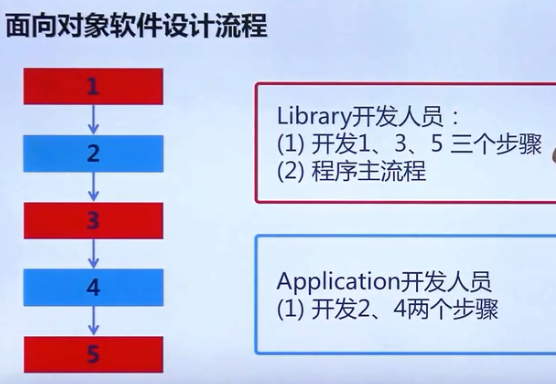1、设计模式的使用场景
模板方法模式(Template Method)
解释一下模板方法模式,就是指:一个抽象类中,有一个主方法,再定义1…n个方法,可以是抽象的,也可以是实际的方法,定义一个类,继承该抽象类,重写抽象方法,通过调用抽象类,实现对子类的调用,先看个关系图:


左为结构化软件设计流程,右为面向对象结构化设计流程

class LIbrary{ public: //稳定 template method void Run() { Step1(); if (Step2()) { Step3(); } for (int i = 0; i < 4; i++) { Step4(); } Step5(); } virtual ~LIbrary(){} protected: void Step1() //稳定 { //.... } void Step3() //稳定 { //.... } void Step5() //稳定 { //.... } virtual bool Step2() = 0; virtual bool Step4() = 0; }; class Application : public LIbrary{ protected: virtual bool Step2(){ //子类重写实现 } virtual bool Step4(){ //子类重写实现 } }; int main() { LIbrary* pLib = new Application(); pLib->Run(); delete pLib; }
转载于:https://www.cnblogs.com/zhuifeng-mayi/p/11054443.html